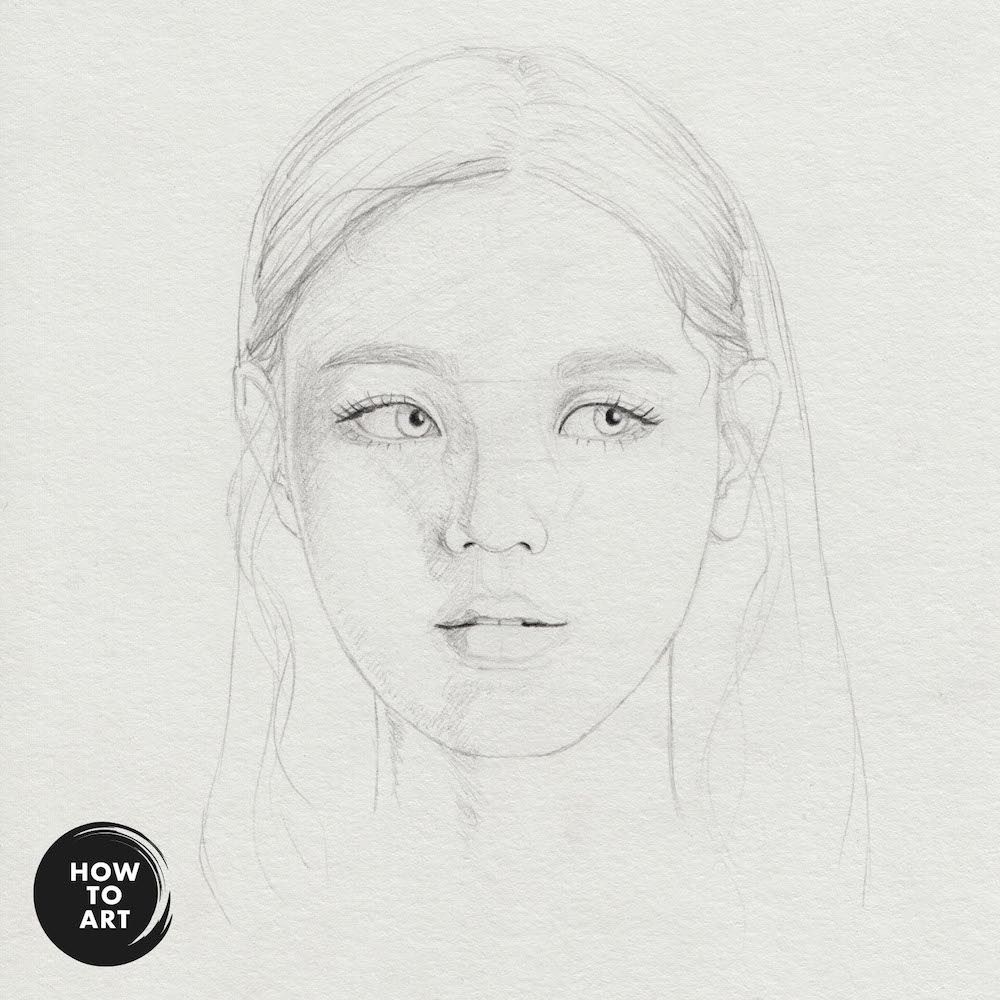
Hatching Techniques for Drawing
Find the best Hatching Technique for Your Art
Hatching describes the stroke position when drawing. It is indispensable and also comes quite naturally because anyone who has ever drawn has probably also hatched unconsciously.
Hatching is especially good for modeling areas, which mainly consists of drawing shadows. Therefore, it is not uncommon for hatching and shading to be mentioned in the same sentence. If you know the different hatching techniques and use them consciously, shading will also be much easier.
Different Hatching Techniques
With the different hatching techniques, you can draw several structures and shadows. You can switch between the techniques or choose one that you can stick with for your drawing. It also doesn’t matter whether you draw with ink, pencil, ballpoint pen, or other tools.
Parallel Hatching

In parallel hatching, strokes are drawn parallel to each other. The smaller the distance between the strokes, the darker the area appears.
Cross Hatching

With cross hatching, the name says it all, because the strokes cross each other. The strokes are crossed in at least two directions. The more strokes that cross, the darker the area becomes.
Circle Hatching

With a circle hatch, you can draw almost perfect transitions. The important thing here is that the lead of the pencil should not be pointy but flattened because this makes the strokes particularly smooth.
Dotting

Instead of strokes, dotting works with – well – dots. Dotting is often used when drawing with ink since fine gradients seem to be almost impossible to draw with opaque ink.
Examples of Hatching Techniques
As so often in creative work, there are no mandatory rules to follow and you should not think too long about which technique fits best to which drawing but listen to your gut feeling. Nevertheless, I would like to show a few examples so that you get a better idea of the different hatching techniques.

Circle hatching of the skin of a man’s face with pencils of different hardness.

Stippling and simple hatching of an ornament from Yerevan (Armenia) with a black fine liner.

Parallel hatching and cross hatching of a fountain in Chișinău (Moldova) with a black fine liner.

Parallel hatching for light shadows, cross hatching for darker shadows in a portrait sketch.

Dotting in a drawing of the largest sand desert in the world Rub al Chali, inspired by a trip to Dubai.

Circle hatching, parallel hatching, and cross hatching mixed in a drawing of a ginseng ficus with a ballpoint pen and colored pencils.
Tips for Hatching:
- When hatching with a pencil, you should generally not press hard on the paper so that the paper does not get scarred. If you erase the area and draw over it later, white strokes will appear, possibly destroying the drawing.
- If the shadows do not become dark enough despite closely spaced pencil strokes, you should use a softer pencil.
- Smudging is not necessary for hatching. If you practice often enough, you can hatch transitions that blend almost perfectly.
- When hatching with ink or fine liners, it can be helpful to sketch with a hard pencil beforehand, because here every stroke is permanent.
Similar Posts